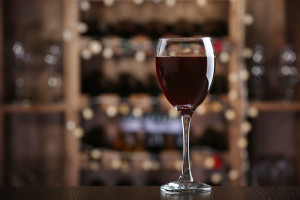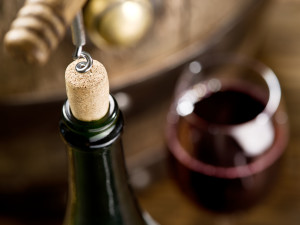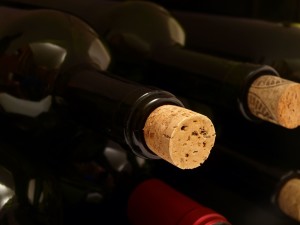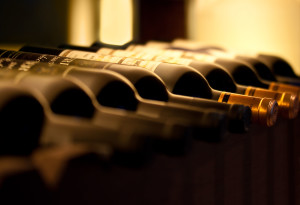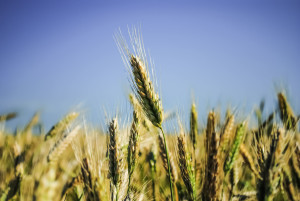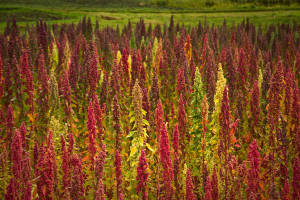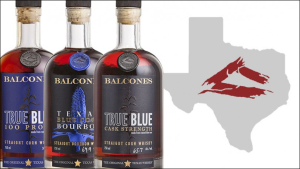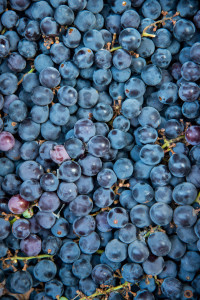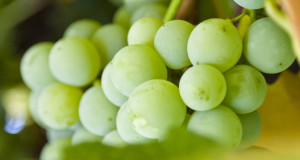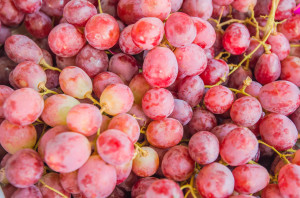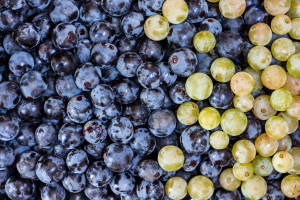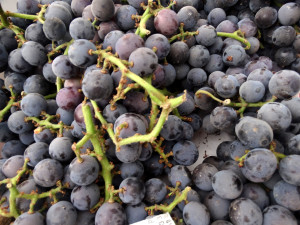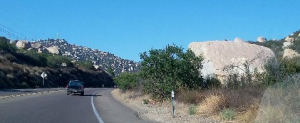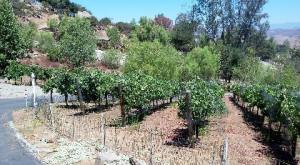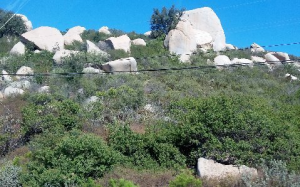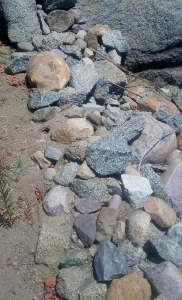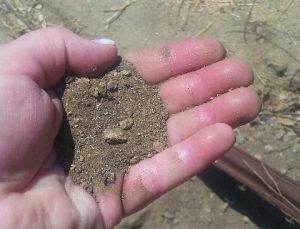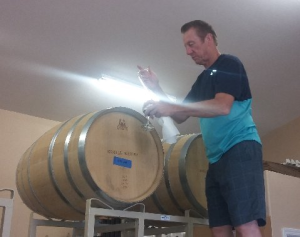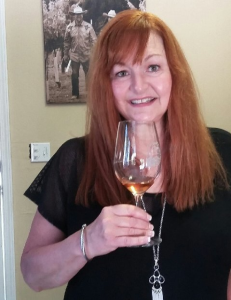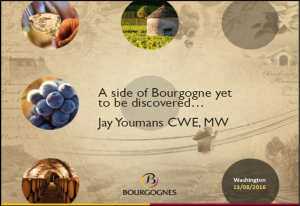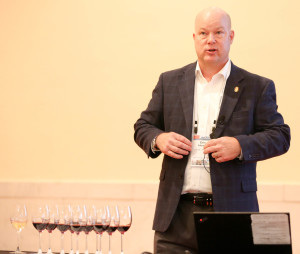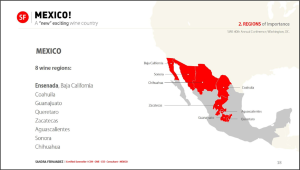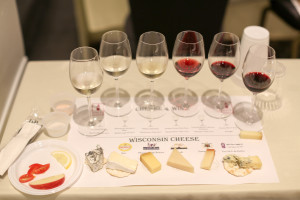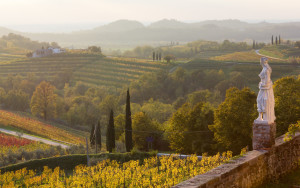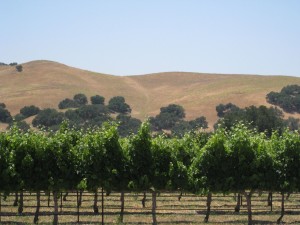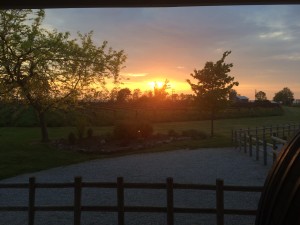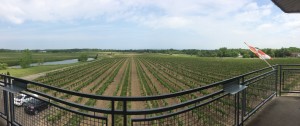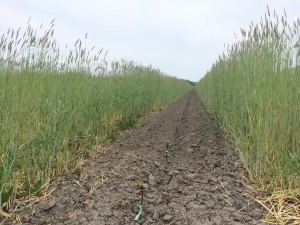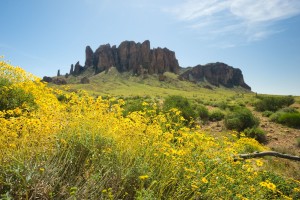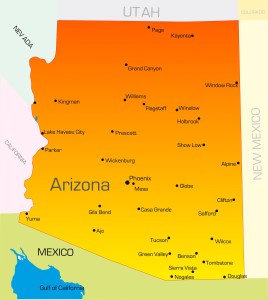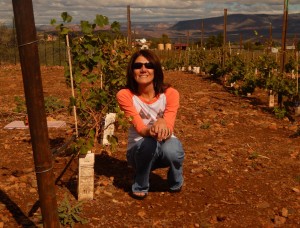Today we have a guest post by an anonymous writer, who we know by the name Candi, CSW. In this essay, Candi tells us a touching story of family, friends, remembrances, and how the appreciation of wine can bring us all together! We thought this was perfect to share at the beginning of the holiday season!
During a recent vacation, my husband and I stayed at the home of a dear relative. Our gracious host opened his wine collection to us. My job as the family geek: to select wines to enjoy in the evenings during the visit. It’s a tough job, I know, but someone has to do it.
His “cellar”, so to speak, is a cool basement with quite adequate storage for wine. So within an hour of our arrival, one of us is clearly ready to check out the vino. All three of us go downstairs.
A bit of background here. Our relative is a young widower. About five years ago, his wife passed away before her time. I remember how pleased she was when the family geek enjoyed wines that she had selected.
So there I am, sitting on the carpeted floor of the basement, carefully going through all of the bottles while the men folk are standing behind the bar, out of my way during an important mission. There are 30 to 40 bottles total; almost all of these are relatively sweet wines, including some dessert wines and some wines that blend other fruits with grapes. That is consistent with our host’s palate; he prefers sweeter vino.
Most usually, I am described as an introvert who avoids being the center of attention. But as I pull out two bottles that are clearly outliers in this particular collection, I can’t help it. I either exclaim joyfully or squeal. Take your pick. Of course, the men folk are both surprised and greatly amused at this point.
There are two, ahem, well-aged Syrahs in the collection. One is a 2003 California wine from a major, well-known producer. Another is a 2005 Australian Shiraz from a vintner that is on my list to try. Since I know my host quite well, I am well aware that it is unlikely that he chose these wines. But I remember who was quite the fan of Syrah.
Up come the two bottles. And, as I suspected, our host confirms that these are wines selected by his deceased wife, probably within a year of her death. One even has the original price tag with the wine shop listed.
I apparently have a very good relationship with our host. He made perfectly clear that he had no intention of drinking the wine, as it was not to his taste. He truly wanted us to enjoy them, however. My husband and I do like Syrah. In the past, we have enjoyed 6- to 8-year old versions. It’s also a fact that compared to most of the other wines in the collection, these were the best matches for my husband and me.
So be it. We would have aged Syrah. I found what I consider to be the equivalent of buried treasure. Except it’s even better – it’s wine! I stood the two bottles upright in anticipation of future evenings on the trip.
After a full day of sightseeing, we got takeout food for a relaxed evening in. Syrah- friendly menu, of course. First up: the 2003 California Syrah. The rather dry cork comes out with some difficulty, in two big pieces. This requires two different types of corkscrews and two operators, but we were determined.
The wine is, as expected, a bit brownish. Distinct legs. Aromas are faint, muted, but there. And the wine is clearly past its prime. Like so many reds made with decent fruit, however, it is still drinkable. Not fresh, not juicy, but drinkable. Over two evenings, we enjoy our tasting experience with a 13 year-old Syrah. And, we reminisce about the young woman who purchased the wine. And we share other family memories.
We depart for the rest of our trip with the 2005 Aussie Shiraz. It has a screw top for ease of opening during the trip, our host insists, I can’t turn it down. On the last night of our trip, we stay at a hotel convenient to the airport for the next day’s departure. Complete with a refrigerator and microwave. One of our favorite restaurants near the airport features bison. Shiraz and bison seemed a perfect pairing.
Takeout, again. Have to relax and enjoy our last night….
Two different bison entrees chosen and hauled back to the room. I anticipate another wine past its prime, but drinkable, if we are lucky.
We were fortunate; I was wrong. The wine was not past its prime. It was excellent. Fruit- forward, long finish, an excellent dinner pairing. At 11 years old, the wine was the oldest under screw cap I have ever experienced. The wine was so delicious that I will most definitely buy a few future vintages. Just for confirmation purposes, of course.
Tragically, our relative lost a wife. All of us lost a friend and a kind soul. With respect to wine, I lost a kindred spirit with a similar palate. Somehow, I think she is okay with my husband and I enjoying her last two bottles, and I will always remember those wines, with full appreciation of their significance.
Here’s to good memories. Cheers!
Are you interested in being a guest blogger or a guest SWEbinar presenter for SWE? Click here for more information!
